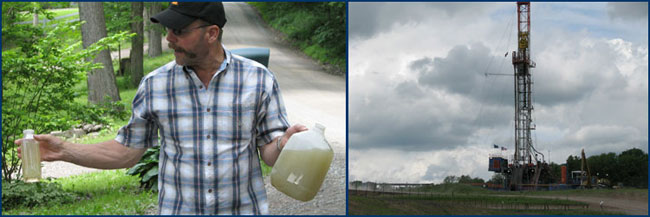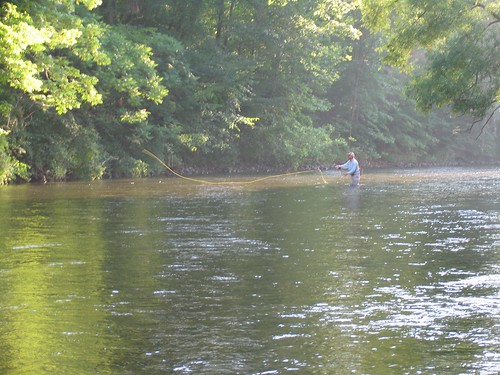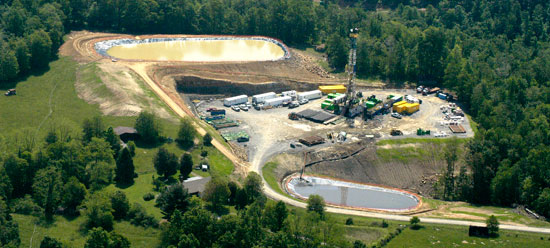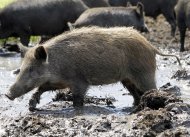Don't Buy This Shirt Unless You Need It
by Yvon Chouinard & Nora Gallagher
Late Summer 2004
Near the headquarters of Patagonia, on the central coast of California, the Chumash Nation enjoyed a good life for thousands of years. They lived in small villages and possessed fur blankets, intricate baskets and soapstone pots decorated with shells. They painted elaborate abstracts in mountain caves. In every village were game-playing fields and sacred buildings. Almost every day, most Chumash enjoyed a cleansing sweat in the village temescal. In each village was a granary for stockpiling food that would later be distributed to those in need.
Chumash traded exquisite olivella shells for black pigment, honeydew melons, pine nuts, wild tobacco and various herbs and salt. By the 16th century, theirs was a complex society of hunters and gatherers with a far-reaching, sophisticated trade network.
Other nations along the western coast shared this life. Gerald Amos, a member (and former chief) of the Haisla Nation in Kitamaat, northwest Canada, recalls a friend of his father who would leave home in the dark to paddle to his trapline four miles by water. He would spend the day walking the lines, checking and resetting the traps. “Along the way back to the boat, during the late fall and early winter, the coho salmon would be still in the creeks that they passed, so they would stop at one of these creeks and take a couple of coho, which they would clean and pack home in their backpack together with what-ever animals they had taken in their traps. The fish provided them with their supper later that night."
Such lives are often called subsistence, which brings to mind the barest, hardscrabble survival. But there is another way to look at them. At Patagonia we choose to call them “economies of abundance.” In an economy of abundance, there is enough. Not too much. Not too little. Enough. Most important, there is enough time for the things that matter: relationships, delicious food, art, games and rest.
Many of us in the United States live in what is thought to be abundance, with plenty all around us, but it is only an illusion, not the real thing. The economy we live in is marked by “not enough.” We once asked the owner of a successful business if he had enough money and he replied, “Don’t you understand? There is never enough.”
We don't have enough money, and we also don’t have enough time. We don’t have enough energy, solitude or peace. We are the world’s richest country, yet our quality of life ranks 14th in the world. As Eric Hoffer, a mid-20th century philosopher, put it, “You can never get enough of what you don’t really need to make you happy."
And while we work harder and harder to get more of what we don’t need, we lay waste to the natural world. Dr. Peter Senge, author and MIT lecturer, says, “We are sleepwalking into disaster, going faster and faster to get to where no one wants to be.”
We might call this economy, the one we live in, the economy of scarcity.
Lest you think the economy of abundance is gone with the old Chumash, consider Europe. Europeans still buy only a few well-made clothes and keep them for many years. Their houses and apartments tend to be smaller than ours; they rely on public transportation, and small, efficient home appliances and cars. Europeans enjoy a 25 percent higher quality of life than Americans (while we consume 75 percent more than they do).
Or, look at the people of Bhutan, whose king insists on measuring “gross national happiness.”
Any person or nation can grow fatter and fatter, richer and richer, sleepwalking toward disaster. Or we can choose to remain lean and quick, wealthy in beauty and time and, that word that inspired our forefathers, wealthy in happiness.
In Patagonia’s environmental campaign this year, we looked at the plight of wild salmon and what it might take for us to become what Ecotrust calls “a Salmon Nation,” a nation of people who make choices that contribute to the health of whole watersheds and the economies of the people who live in them. A salmon nation is a nation of abundance, where people live in a way that fish can thrive. If you think this is an impossible dream, check out Seth Zuckerman’s essay "The Gift: Salmon Recovered" and learn how wild salmon rebounded in Alaska after the state employed sophisticated tools like sonar, stream bank counters and airborne spotters to ensure their salmon were not overfished. In the last two decades, commercial catches in Alaska have more than doubled.
At Patagonia, we are dedicated to abundance. We don’t want to grow larger, but want to remain lean and quick. We want to make the best clothes and make them so they will last a long, long time. Our idea is to make the best product so you can consume less and consume better. Every decision we make must include its impact on the environment. We make ski jackets that are the right jackets, with no compromises, yet they are elegant enough to wear over dress clothes in a storm in Paris. (Most ski jackets sit in the closet nine months out of the year.) We want to zero in on quality.
In the economy of abundance, wild salmon are given back rivers in which to run. Trees grow to their natural height. Water is clean. A sense of mystery and enchantment is restored to the world. We humans live within our means and, best of all, we have the time to enjoy what we have.
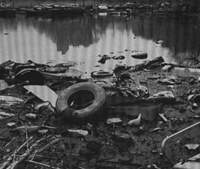





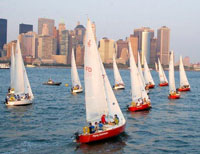


 HEALTH RISKS FROM THE FRACKING OF GAS WELLS
HEALTH RISKS FROM THE FRACKING OF GAS WELLS 

